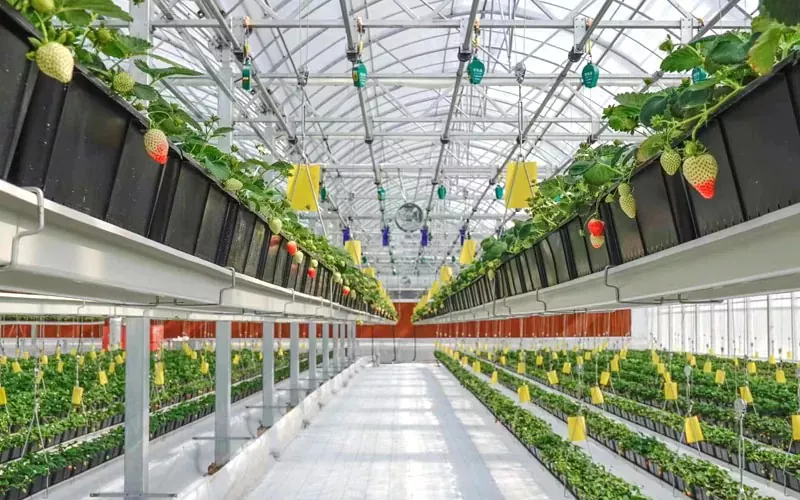How to Build and Maintain a Plastic Greenhouse
2025-01-14
Building and maintaining a plastic greenhouse is a rewarding investment for anyone passionate about gardening or farming. This guide walks you through the essential steps to set up and care for your greenhouse, ensuring long-term success.
Steps to Build a Plastic Greenhouse
1. Choose the Right Location
- Select a sunny, well-drained area with minimal wind exposure.
2. Select the Frame Material
- Common options include wood, metal, or PVC pipes. Metal frames offer durability, while PVC is lightweight and easy to assemble.
3. Install the Foundation
- Use concrete, wood planks, or a simple soil base to anchor the structure.
4. Attach the Plastic Cover
- Stretch the plastic film tightly over the frame and secure it using clamps, nails, or ropes. Ensure there are no gaps for heat to escape.
5. Add Ventilation and Doors
- Include windows, vents, or fans to regulate temperature and prevent overheating.
6. Set Up Shelving and Irrigation
- Optimize the interior with shelves and install a drip irrigation system for efficient watering.

Maintenance Tips for Plastic Greenhouses
1. Regular Cleaning
- Clean the plastic cover periodically to maintain light transmission. Use a soft cloth and mild soap to avoid scratching the surface.
2. Inspect for Damage
- Check for tears, holes, or loose fittings. Promptly repair any damage to maintain insulation.
3. Replace Worn-Out Covers
- Most plastic covers last 3–5 years. Replace them as needed to ensure optimal performance.
4. Control Pests and Diseases
- Monitor plants for pests and apply organic or chemical controls as necessary. Ensure proper ventilation to minimize fungal growth.
5. Winter Preparation
- Reinforce the structure and clean out debris to withstand snow and storms during colder months.
Advantages of Building Your Own Plastic Greenhouse
- Cost Savings: DIY greenhouses are more affordable than pre-built options.
- Customization: Tailor the size and layout to your specific needs.
- Satisfaction: Enjoy the sense of accomplishment from growing your crops in a structure you built yourself.
Common Mistakes to Avoid
1. Poor Site Selection: Ensure sufficient sunlight and proper drainage.
2. Loose Plastic Covering: Secure the cover tightly to prevent wear and tear.
3. Overwatering: Use a moisture meter to avoid waterlogging your plants.
Conclusion
A well-built and maintained plastic greenhouse is a game-changer for gardeners and farmers. It provides a controlled environment for plants to thrive, regardless of external conditions. With proper planning and care, your plastic greenhouse can yield bountiful harvests for years to come.


